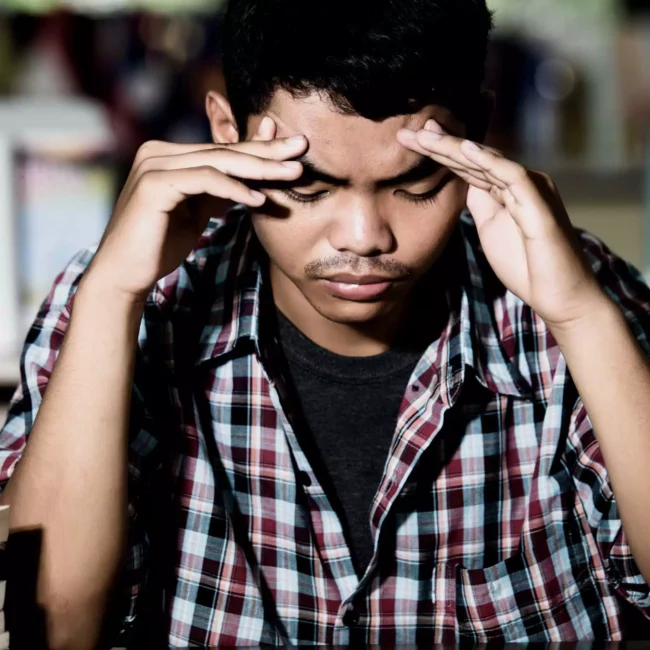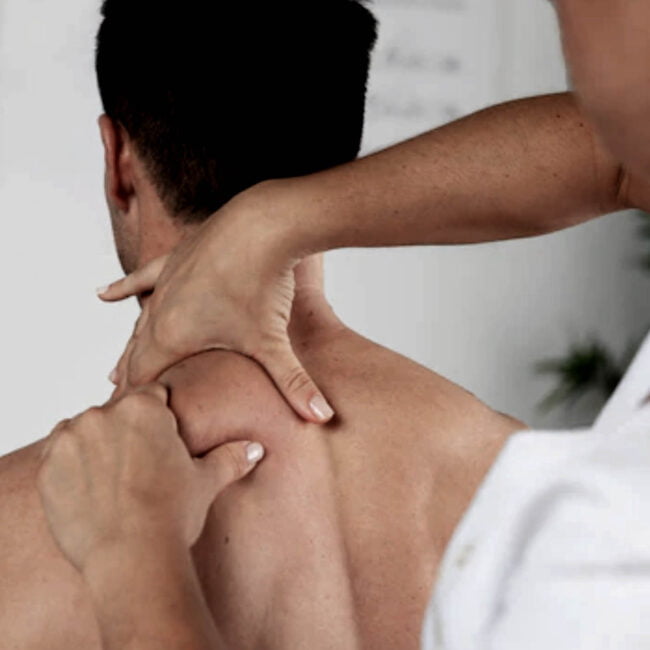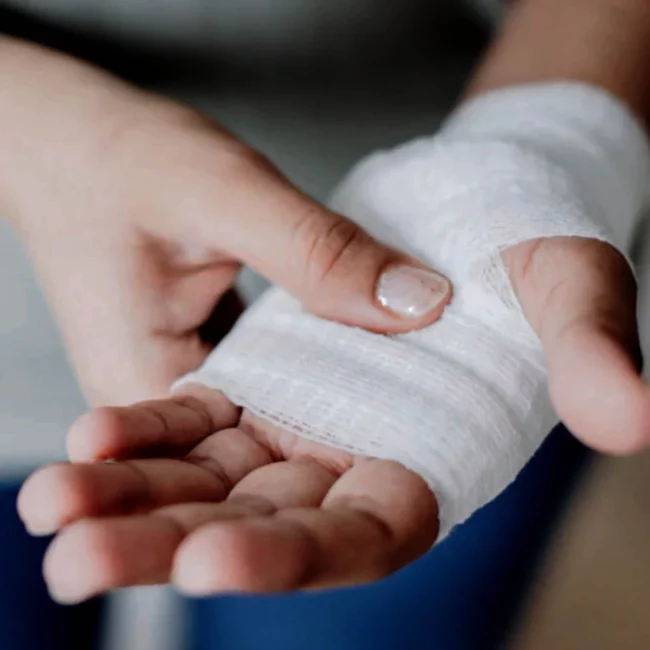Our areas of expertise / Services
Our approach to physiotherapy is holistic, where we take into account your physical, emotional, and lifestyle factors when developing a treatment plan. We use evidence-based techniques and the latest technology to deliver the most effective and most efficient care. Experience top-notch physiotherapy services in Mississauga and regain your mobility. Explore our services to Book a Session, Take the first step towards a healthier, stronger you!.
FAQs
Absolutely. Our physiotherapists are highly trained, licensed professionals with extensive experience in the field. They are dedicated to providing personalized care and staying up-to-date with the latest advancements in physiotherapy techniques and treatments.
Many insurance plans cover some or all of the costs associated with physiotherapy sessions. It is important to check with your insurance provider to understand your coverage and any specific requirements they may have, such as a doctor’s referral.
- We have a team of multidisciplinary practitioners who use hands-on manual therapy techniques to treat various conditions and injuries.
- We have a registered physiotherapist who is certified and licensed and recognized as one of the top 3 practitioners in the Mississauga area.
- Curezone provide personalized and effective treatments that are based on evidence and best practices.
- We offer a range of services such as laser therapy, pelvic floor physiotherapy, shock wave therapy, spinal decompression, massage therapy, acupuncture, and more.
- We have a convenient location, flexible timings, direct billing, and online booking options.
During a physiotherapy session, your therapist will assess your condition, evaluate your range of motion, strength, and flexibility, and develop a personalized treatment plan. Treatment may include manual therapy, exercises, modalities (such as heat or cold therapy), and education on self-management techniques.
Booking an appointment before coming to the clinic will help you save time. However, we also welcome urgent care cases.



















